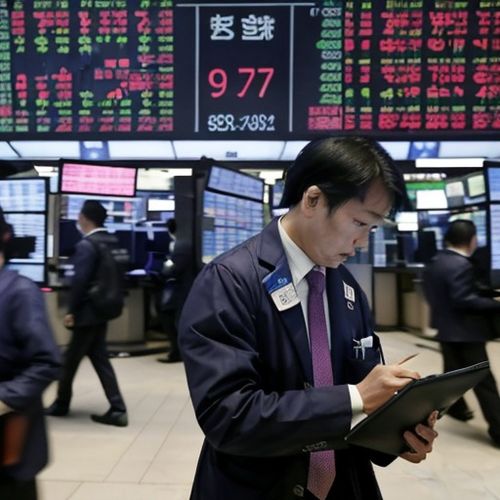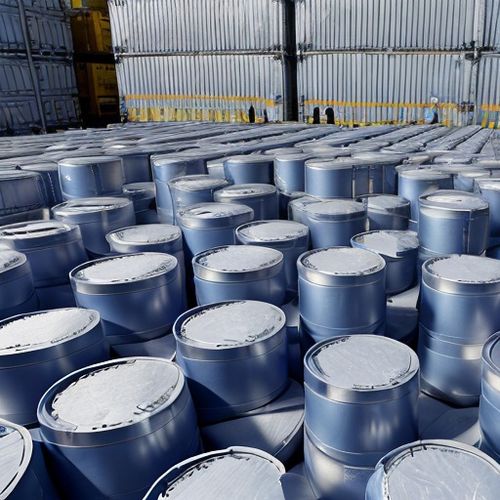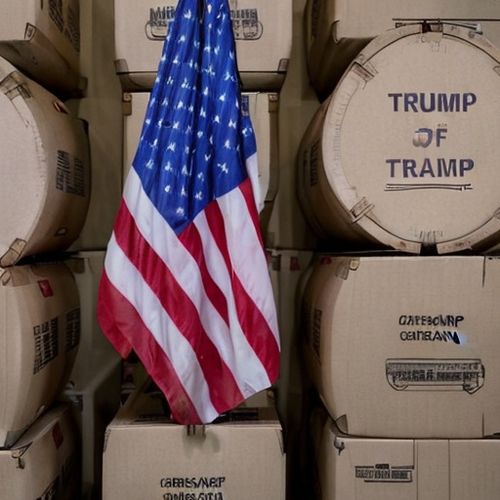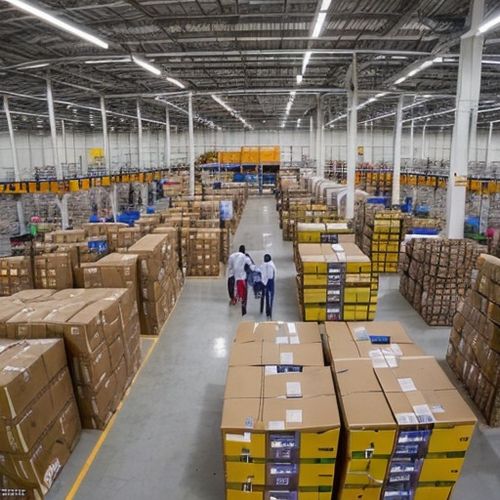On April 3, President Donald Trump announced a series of tariffs targeting imports from major trading partners, including Canada, Mexico, and China. These tariffs, which include a 25% levy on Canadian and Mexican goods and an increase in tariffs on Chinese goods to 20%, have sent shockwaves through various industries. The move has been met with retaliatory measures from affected countries, further complicating global supply chains and raising concerns about potential economic repercussions. This article delves into the industries that are likely to be most affected by these tariffs.
Automotive Industry
The automotive sector is expected to bear the brunt of the tariffs. Major automakers like Ford, General Motors, and Stellantis, which have extensive manufacturing and assembly operations across North America, are likely to see significant cost increases. Bloomberg Intelligence estimates that Stellantis alone could face a €3.44 billion hit to its earnings this year. The North American auto industry is highly integrated, with parts and assembled vehicles crossing borders multiple times during production. This interconnectedness means that tariffs will disrupt supply chains and inflate production costs, potentially leading to higher vehicle prices for consumers.
Consumer Electronics
The consumer electronics industry is also bracing for a major downturn. The U.S. imported over half a trillion dollars' worth of computers and electronic products last year, with a significant portion coming from Mexico and China. Electronics retailers like Best Buy are warning that tariffs could lead to price increases for American consumers, as vendors are likely to pass on the additional costs. Analysts project that sales of laptops could decrease by 68%, gaming consoles by 58%, and smartphones by 37%. The potential impact on consumer tech spending could be as high as $143 billion.
Homebuilding
Tariffs on imported materials such as Canadian lumber, Chinese steel, and Mexican and Canadian concrete are expected to exacerbate America’s housing shortage and affordability crisis. CoreLogic estimates that homebuilding costs could increase by 4% to 6% over the next 12 months, on top of standard price increases. With the average home already costing around $422,000 to build, homebuilders have little room to absorb these additional costs. Rising construction costs and limited pricing flexibility are likely to narrow profit margins for homebuilders.
Oil and Energy
The energy sector is another area likely to see cost increases. Canada is the largest supplier of foreign oil to the U.S., accounting for about 60% of all oil imports last year. Although Canadian oil has been given a carve-out and will be taxed at 10% rather than 25%, higher importing costs are still expected to impact oil and gas prices. U.S. refineries, especially those in the Midwest, are heavily reliant on Canadian heavy oil, and adapting to alternative sources would require significant infrastructure upgrades.
Retail
Retailers, particularly those that source a large portion of their products from China and Mexico, are also likely to be affected. Companies like Walmart, Target, and Costco will face higher costs for a wide range of finished consumer products, from home appliances to toys. JPMorgan estimates that over 80% of toys sold in the U.S. come from China. Additionally, Walmart’s growing grocery business could see increased costs, as Mexico supplied 40% of America’s imported fruit and nearly 50% of its imported vegetables in 2023.
Pharmaceutical Industry
While the initial tariff announcements did not specifically target pharmaceutical goods, the broader trade policy changes could still impact the industry. The U.S. imports a significant amount of active ingredients and medical devices from countries like India and China. Tariffs on these inputs could increase production costs for drug manufacturers, potentially leading to higher drug prices. Companies that rely on low-cost manufacturing overseas may be particularly affected.
President Trump’s tariff policy has far-reaching implications for multiple industries. The automotive, consumer electronics, homebuilding, oil, retail, and pharmaceutical sectors are among those expected to face the most significant challenges. Companies in these industries are likely to experience increased costs, disrupted supply chains, and potential declines in consumer demand. As the situation unfolds, businesses will need to adapt by exploring alternative sourcing strategies, investing in domestic manufacturing, and managing cost increases to mitigate the impact on their operations and consumers.

By Sarah Davis/Apr 7, 2025

By Samuel Cooper/Apr 7, 2025

By Grace Cox/Apr 7, 2025

By Thomas Roberts/Apr 7, 2025

By Olivia Reed/Apr 7, 2025

By Daniel Scott/Apr 7, 2025

By Megan Clark/Apr 7, 2025

By Samuel Cooper/Apr 7, 2025

By William Miller/Apr 7, 2025

By John Smith/Apr 7, 2025

By Samuel Cooper/Apr 6, 2025

By Lily Simpson/Apr 6, 2025

By Daniel Scott/Apr 6, 2025

By Grace Cox/Apr 6, 2025

By Olivia Reed/Apr 6, 2025

By Emma Thompson/Apr 6, 2025

By Rebecca Stewart/Apr 6, 2025